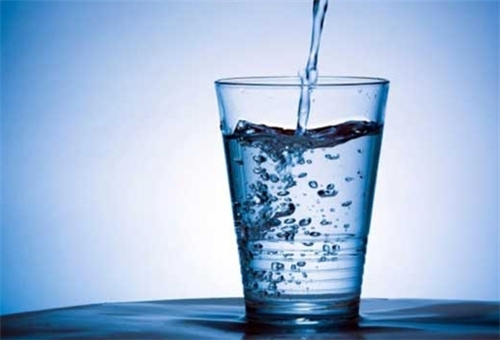 TEHRAN (FNA)- A new method was developed by Iranian researchers from Shahid Beheshti University to eliminate nitrate ions from drinking water by using nanocomposites synthesized on carbon nanotube base.
TEHRAN (FNA)- A new method was developed by Iranian researchers from Shahid Beheshti University to eliminate nitrate ions from drinking water by using nanocomposites synthesized on carbon nanotube base.The applied nanocomposite can be recycled to be used a number of times.
Various methods for the elimination of nitrate ions from drinking water and the limitations of their applications have so far been investigated. In this research, a new and operative method for the elimination of nitrate ion was presented, which does not have the limitations of the previous methods.
Nanocomposites that are synthesized easily and cost-effectively were used in this research. It was also tried to prevent the production of harmful bi-products or intermediates. Among other advantage of the method is the fact that the nanocomposite used in this research is recyclable and can be used for a number of times.
The application of conducting polymer nanocomposites was investigated in the removal of nitrate ion. Results showed that PANI/MWCNTs nanocomposite with dopants of hydrochloric acid had the best performance in this regard. Oxidative doping of polymer was studied in this research taking into consideration the ability of the transference of ion couples connected to the polymer with the ions in the media. In other words, the anion connected to the polymer, which is formed in the polymer during the doping process, can be transferred with nitrate ion, and bring the nitrate ion from the environment to the polymeric network.
In this process, nitrate ion is eliminated without making any changes or producing any bi-products more toxic than the nitrate ion itself. Therefore, harmful compounds such as nitrite, ammonium, and nitrous oxides that are highly carcinogen and are formed in biological and catalytic methods are not produced in this method.
Results of the research have been published in February 2013 in Iranian Polymer Journal, vol. 22, issue 2, pp. 85-92.
By Fars News Agency
The Iran Project is not responsible for the content of quoted articles.











